Speedo Logo Design: History & Evolution

Image Source: https://www.instagram.com/speedo/ | Image Courtesy: Speedo
Let's dive right into the deep end of design talk! When you think about iconic brand logos in the world of sports apparel, the Speedo logo design surely makes the list. It's more than just a badge on swimwear; it's a symbol of swimming excellence that's recognized across pools, beaches, and Olympic arenas globally. For graphic designers, it serves as an inspiring case study in effective brand identity.
Established in the land Down Under back in 1914, Speedo has undergone some significant transformations over the years. Yet, it's always maintained that strong aesthetic appeal and clarity in its logo design. So, whether you're a seasoned graphic designer or a newbie looking for inspiration, unpacking the history and evolution of the Speedo logo design is a must-do deep dive.
From its humble beginnings to its modern-day global recognition, this article will take you on a visual lap through the brand's timeline, with a focus on the design principles that made it iconic. So grab your goggles, designers, as we explore the details that turned this logo into an unbeatable swim champ!
Stay tuned to find out how the Speedo logo has made waves in the design world, and why it continues to be a splash hit!
Speedo Logo Design History
1914
Ah, taking a nostalgic swim back to 1914, are we? For those of you who get excited about diving into the archives of graphic design, you're in for a treat. Today, we're setting our time machines to the year 1914, where the iconic Speedo logo design first got its feet wet, quite literally!
Now, for a quick backstory: the man behind this enduring emblem is Alexander MacRae, who sailed his way from Scotland to Sydney, Australia, in 1910. No, he didn't land on the shores with a swimsuit in hand; instead, he established MacRae and Company Hosiery in 1914. You heard it right, the early avatar of Speedo wasn't even about swimwear. It was hosiery! Swimwear only made its splashy debut when the brand decided it needed a catchy new name and introduced a naming contest in 1928. Hello, "Speedo" and goodbye MacRae and Company! The company was then aptly renamed Speedo Knitting Mills to signify its swimwear specialty.
Now, let's talk details—design details, my friends. One of the most intriguing aspects of the Speedo logo design from 1914 is the signature boomerang. And no, it wasn't as sharply executed as the one we recognize today. Imagine the boomerang's ends being more rounded, especially on the left side. This is a subtle but telling nuance for us designers who love dissecting every curve and line. It's like comparing Helvetica and Arial; to a layman, it's all the same, but we know better, right?
Another fascinating aspect is the placement of the word "Speedo" within this early logo. Initially, it was neatly tucked inside the boomerang, like a pearl in an oyster. The vintage blue palette and the decorative typeface used gave it a retro vibe that was likely very in-vogue during that era.
Fast forward a bit, and you'll notice that the boomerang extended its right ends, and "Speedo" made its way out of those borders. The typeface also started to evolve, but the blue remained a constant, anchoring the brand's identity.
So why does this matter? Well, understanding the origins of the Speedo logo design allows us to appreciate the strategic evolutions that followed. It’s a classic tale of how a logo can adapt to changing times while remaining true to its core identity. Whether you’re working on a vintage reboot or a modern minimalist piece, the foundational principles remain the same. And that, my design aficionados, is what makes delving into the past so enriching. Let's toast to Alexander MacRae, who not only designed hosiery but gave us a logo design that's still making waves over a century later!

Image Courtesy: Speedo
2004
Ready to do the time warp again? This time, we're catapulting ourselves into the early aughts, the year 2004 to be exact. A year when flip phones were still cool, and the iPod Shuffle was a game-changer. But for us design nerds, it was also the year that brought an interesting overhaul to the Speedo logo design. Strap in, folks—this one is a golden dive into branding evolution!
So, what changed? Oh boy, did Speedo make a style statement! First off, the iconic boomerang, which had always been central to the brand's visual identity, went from blue to a striking gold. You might say it upgraded to first class. This golden boomerang was nestled inside a pitch-black rectangle, creating a stark contrast that was both attention-grabbing and supremely classy.
And what about the brand name? Speedo dropped the uppercase letters and went for a lowercase, more dynamic typeface. Imagine going from wearing a tuxedo to a sleek, tailored suit; that's what this font change felt like—casual yet chic. The letters themselves transitioned to a pristine white, which popped brilliantly against the black backdrop. The result? A logo that spoke the language of modernity and efficiency while keeping its legacy intact.
Why does this 2004 version of the Speedo logo design matter to us, the design community? Well, it's a masterclass in how to contemporize a classic. Speedo managed to take key elements from its heritage—namely the boomerang and the wordmark—and give them a 21st-century makeover without losing the essence of the brand.
In terms of design principles, this transformation exhibits how effective the use of color contrast can be, especially when you're trying to modernize while maintaining brand consistency. The choice of gold, white, and black was not just visually striking but also laden with meaning—gold for premium quality, white for purity and simplicity, and black for strength and durability.
But perhaps the most captivating lesson here is the shift to a lowercase typeface. It subtly communicated the brand's desire to appear more accessible and relatable, without screaming for attention. This was a classic move in minimalism while staying loyal to its original design structure.
The 2004 iteration of the Speedo logo design is a textbook example of how you can keep the soul of the brand intact while giving it a modern-day facelift. It's about striking that fine balance between nostalgia and novelty. Kind of like jamming to your old-school playlist on a brand new smart speaker.

Image Courtesy: Speedo
2010
Who's up for another chapter in our deep dive into the visual story of the Speedo logo design? Buckle up, because we're zeroing in on 2010, a year when iPads made their grand entrance and everyone was humming to the tunes of Lady Gaga's "Bad Romance." Amidst all this, Speedo was subtly redefining its own "design romance" with an update that was all about clarity and simplification.
Picture this: the black rectangle that had served as a stark background is gone, vanished into thin air. What's left? A logo stripped down to its bare essentials, where every element had room to breathe. It was as if Speedo went through a Marie Kondo phase, keeping only what "sparked joy" in its design scheme.
The boomerang, a longstanding cornerstone of the Speedo brand, shrank in size but not in importance. It's like when you downsize from a mansion to a modern loft—you still live large, just in a more streamlined space. But here's the twist: the company name took a side step and relocated to the left of the boomerang. It was a visual nudge, nudging the audience to see Speedo not just as a brand but as an evolving entity.
Now, let's talk about color, shall we? Originally, the brand name started off in a muted gray—a shade often associated with professionalism and balance. But you know how designers are never content with the status quo, right? So, out went the gray and in came the red, infusing the logo with energy, passion, and a dash of urgency.
From a graphic designer's perspective, the 2010 Speedo logo design is a showcase in the power of subtlety. The move to red was a calculated risk that paid off by injecting vitality into the brand without alienating its loyal customer base. The streamlined look appealed to a younger, trendier audience without forsaking the older, more traditional one. It's like serving a classic wine in a new-age decanter; the essence remains the same, but the experience is undeniably enhanced.
So what can we learn from this 2010 revamp? Minimalism isn't about removing elements; it's about refining them. It's about understanding that sometimes less is more, especially when "more" means clutter and complexity. This Speedo logo design teaches us that sometimes the most potent visual messages are the ones that come through loud and clear, without all the bells and whistles. So the next time you're in the design trenches, wrestling with elements and hues, think of Speedo's 2010 shift and remember: simplicity is the ultimate sophistication. Cheers to that!

Image Courtesy: Speedo
Analysis: Speedo Logo Design Evolution
You've been with me on this fantastic visual journey from Speedo's humble beginnings in 1914 to its minimalist mantra in 2010. Now, let's zoom out a bit and connect the dots. Why? Because the evolutionary path of the Speedo logo design is packed with valuable lessons for any graphic designer, whether you're a rookie or a seasoned pro. So grab your favorite caffeinated beverage and let's dive into the deep end of analysis, shall we? 🏊♂️🖥️
Adaptability is Key
Speedo's logo has been everything from retro to modern, and each phase had its purpose. The ability of the logo to adapt over time while keeping the brand recognizable is a classic lesson in design adaptability. It’s like changing outfits but never losing your personal style; a lesson in how to keep the brand fresh without alienating a loyal audience.
Color Matters
From blues to blacks, golds, and reds, the varying color schemes employed throughout the years weren't merely aesthetic choices; they signaled brand positioning. Blue was for reliability, black for luxury, gold for premium quality, and red for energy and excitement. The lesson? Your color palette is more than just a visual decision; it’s a strategic one.
Don't Underestimate Typography
The fonts used in Speedo's logo design have changed significantly. From decorative types to lowercase dynamism, each typographical choice served to communicate a different aspect of the brand. Typography is your silent ambassador, so choose your fonts wisely. They don't just spell out a name; they articulate a brand's personality.
Symbolism Has Longevity
The boomerang is more than a cool design element; it’s an enduring symbol associated with Speedo. Even as the logo evolved, this iconic shape remained, illustrating the lasting power of a well-chosen symbol. It's a visual shorthand that carries a weight of brand history and expectations, so think long and hard about the symbols you incorporate into your designs.
Minimalism Can Maximize Impact
The shift towards a simpler, more minimalist design in 2010 showed us that less could indeed be more. Removing elements like the black rectangle focused attention on the essentials—name and symbol. It was an exercise in de-cluttering that resulted in a cleaner, more focused identity, proving that when done right, stripping back can propel a brand forward.
The evolutionary arc of the Speedo logo design is more than just a historical recount; it's a roadmap filled with design wisdom. It's a blend of business acumen, aesthetic flair, and an unerring sense of timing. So the next time you’re wrestling with a design project, take a leaf out of Speedo's book; it's quite the page-turner!

Image Source: https://www.instagram.com/speedo/ | Image Courtesy: Speedo
The Philosophy & Meaning Behind Speedo Logo Design
If you've been following our deep dive into the world of Speedo logo design, then you know we've touched on everything from its historical evolution to the intricacies of its various elements. Now, it's time to step back and get a little philosophical. What's the big idea behind the Speedo logo, and why should you, as a graphic designer, care? Grab a cup of something cozy, because we're about to get into the nitty-gritty of meaning and philosophy.
Embodying Speed & Fluidity
The first thing that probably hits you about the Speedo logo is its name—Speedo, which speaks directly to the brand's core focus: speed in water. It's no coincidence that the boomerang shape is reminiscent of fluid movement; it embodies the swiftness and dynamism that the brand aims to bring to aquatic sports. It’s not just a logo; it's a visual manifesto of what Speedo stands for.
Heritage & Australian Identity
Born in Sydney, Australia, Speedo has never lost sight of its roots. The boomerang is a nod to Australian culture, linking back to indigenous traditions. It’s a smart way to infuse a logo with a sense of place and history without going overboard—pun intended.
The Color of Emotion
As we've seen in previous decades, color plays a big part in how a brand is perceived. The various colors chosen in Speedo logo design over the years—from blue to gold, and then to red—tell a story of a brand that's aligned itself with reliability, premium quality, and dynamic energy. These are not just aesthetic choices; they’re psychological triggers meant to evoke certain feelings and perceptions.
Accessibility & Approachability
The typography, especially in the most recent iterations, exudes a sense of accessibility and modernity. Gone are the days of ornate, less legible fonts. Today's Speedo logo is easy on the eyes and easy to read, mirroring the brand's aspiration to be approachable and universally appealing, whether you’re an Olympic swimmer or a casual beachgoer.
Less is More
The latest versions of the Speedo logo embody the minimalist principle of 'less is more.' They remind us that a strong visual identity doesn't need to be complicated. By focusing on key elements and removing any clutter, the logo achieves a level of clarity and directness that resonates with a broad audience.
The philosophy and meaning behind Speedo's logo design offer a masterclass in how to convey a brand’s essence without saying a word. Each element has been thoughtfully selected to mirror not just the brand’s history but its philosophy, too. It’s a brilliant example of how design isn't just about looking good; it’s about communicating, resonating, and yes, making a splash!

Image Source: https://www.instagram.com/speedo/ | Image Courtesy: Speedo
What Can We Learn from Speedo Logo Design
So we've surfed through the history of Speedo, dived deep into its design evolution, and even got a bit philosophical about its logo. But now, let's bring it all home: What gems of wisdom can we dig out of the Speedo logo design treasure chest? If you're a graphic designer seeking to up your game, pay attention because Speedo's logo journey is more than just eye candy—it's a masterclass in branding.
Consistency is King
One of the standout features of Speedo's branding is its consistency. Even though they've tweaked and tuned their logo over the years, the essential elements like the boomerang shape have remained. It teaches us the importance of having a consistent visual anchor in branding—a symbol or element that stays constant, even if everything else evolves.
Know Your Audience
Speedo isn’t selling to just anyone; they’re selling to swimmers, athletes, and outdoor enthusiasts. Understanding your audience's mindset is crucial when crafting a logo. The Speedo logo design screams speed and efficiency, aligning perfectly with the sensibilities of their target market. If you don't know who you're talking to, how will you know what to say?
Timing Matters
In logo design, timing is everything. Know when to introduce a new element or phase out an older one. For Speedo, moving to a minimalistic design in 2010 aligned well with design trends and audience preferences of the time. It shows us that staying current with design trends while keeping true to your brand’s essence is a balancing act worth mastering.
Using logo design to convey brand spirit can quickly establish brand awareness. If this brand charm can be extended to the details of life, it will attract more customers. Custom keychains are a good medium. They are small and portable, and can appear frequently in various life scenes, permeating brand charm into every corner of users' lives. Designing the brand logo into a keychain as a gift or event gift can subtly deepen customers' impression of the brand and improve brand favorability.
Versatility is Vital
Speedo’s logo appears everywhere—on swimsuits, billboards, and even small accessories like goggles. One thing it teaches us is that a strong logo must be versatile. It needs to look just as compelling whether it's on a giant banner or a tiny tag. Always design with various applications in mind; it'll save you a lot of headaches down the line.
Emotional Resonance
The choice of colors, the fluid shape of the boomerang, the simplicity of the font—these aren’t just aesthetic decisions. They evoke feelings of reliability, speed, and ease, forming an emotional connection with the viewer. Learning how to tap into these emotional nuances can turn a good logo into a great one.
The Speedo logo design journey offers invaluable lessons in branding consistency, audience awareness, timely adaptability, design versatility, and emotional resonance. So, whether you're crafting a logo for a startup or rebranding a corporate giant, keep these Speedo-inspired insights in your design toolkit. After all, great design isn't just about how it looks, but how it works and feels. Time to make a splash in your next design project! 🌊✨
Conclusion
Alright, folks, we've navigated the deep waters of Speedo logo design—from its humble beginnings in 1914 to its streamlined, modern iterations. It's been a rad journey, and there's a lot we can take away as graphic designers. From the importance of adaptability and knowing your audience to the power of symbolism and emotional resonance, this iconic logo offers a masterclass in effective design strategies. So, next time you dive into a project, why not channel some of that Speedo magic? You might just create the next timeless logo. Dive in and make waves, designers!
Let Us Know What You Think!
These fantastic logo design articles are written and curated by Kreafolk's team. We hope you enjoy our information and remember to leave us a comment below. Cheers!

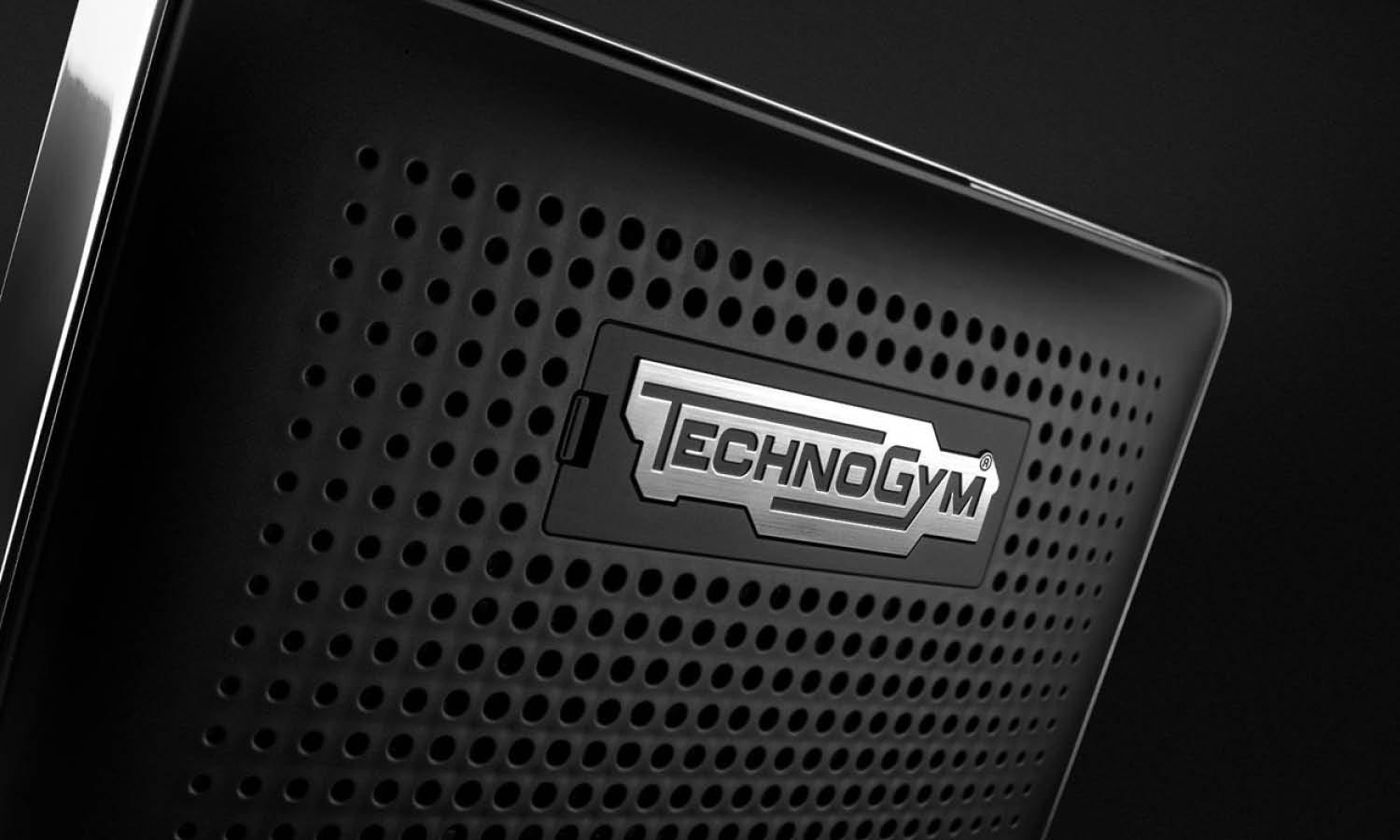
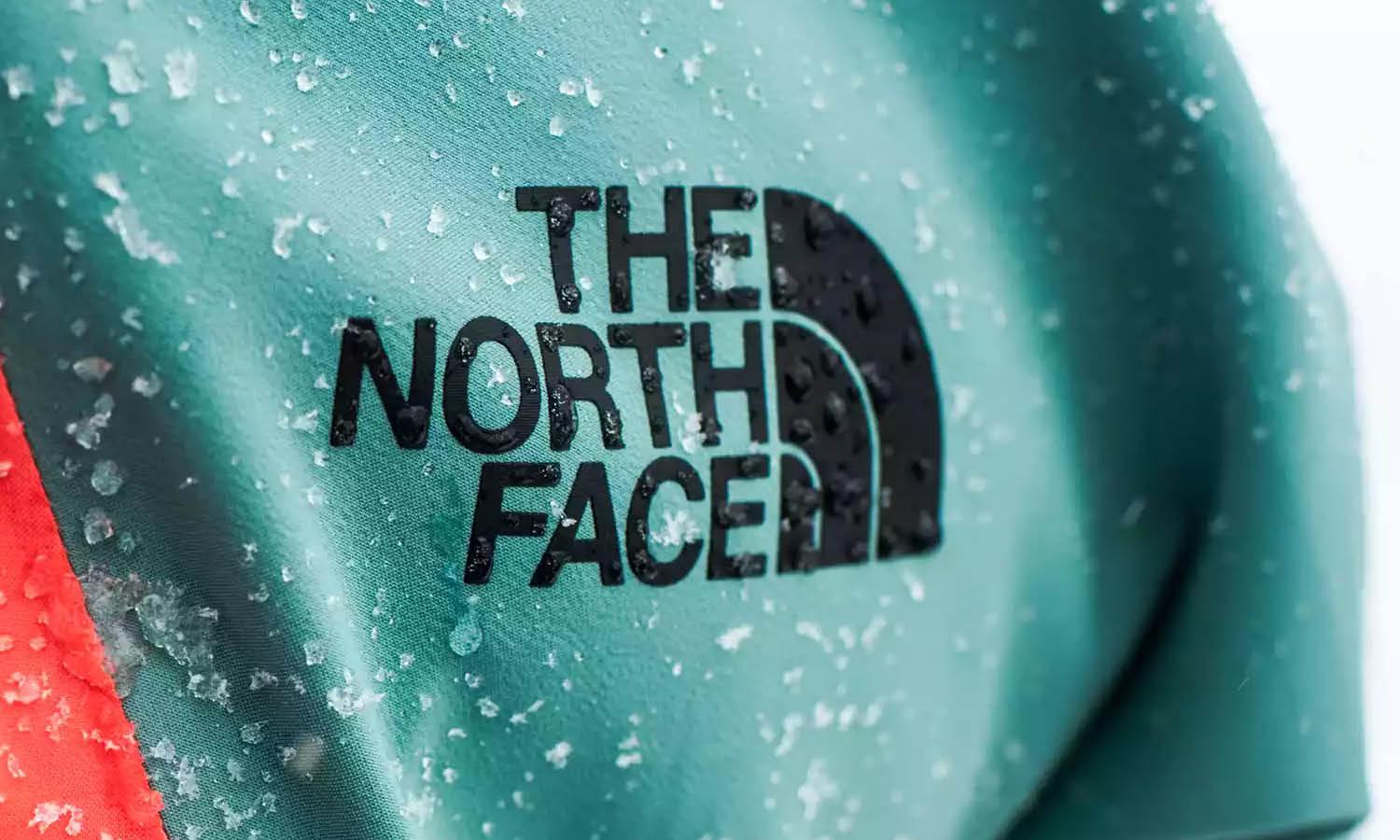
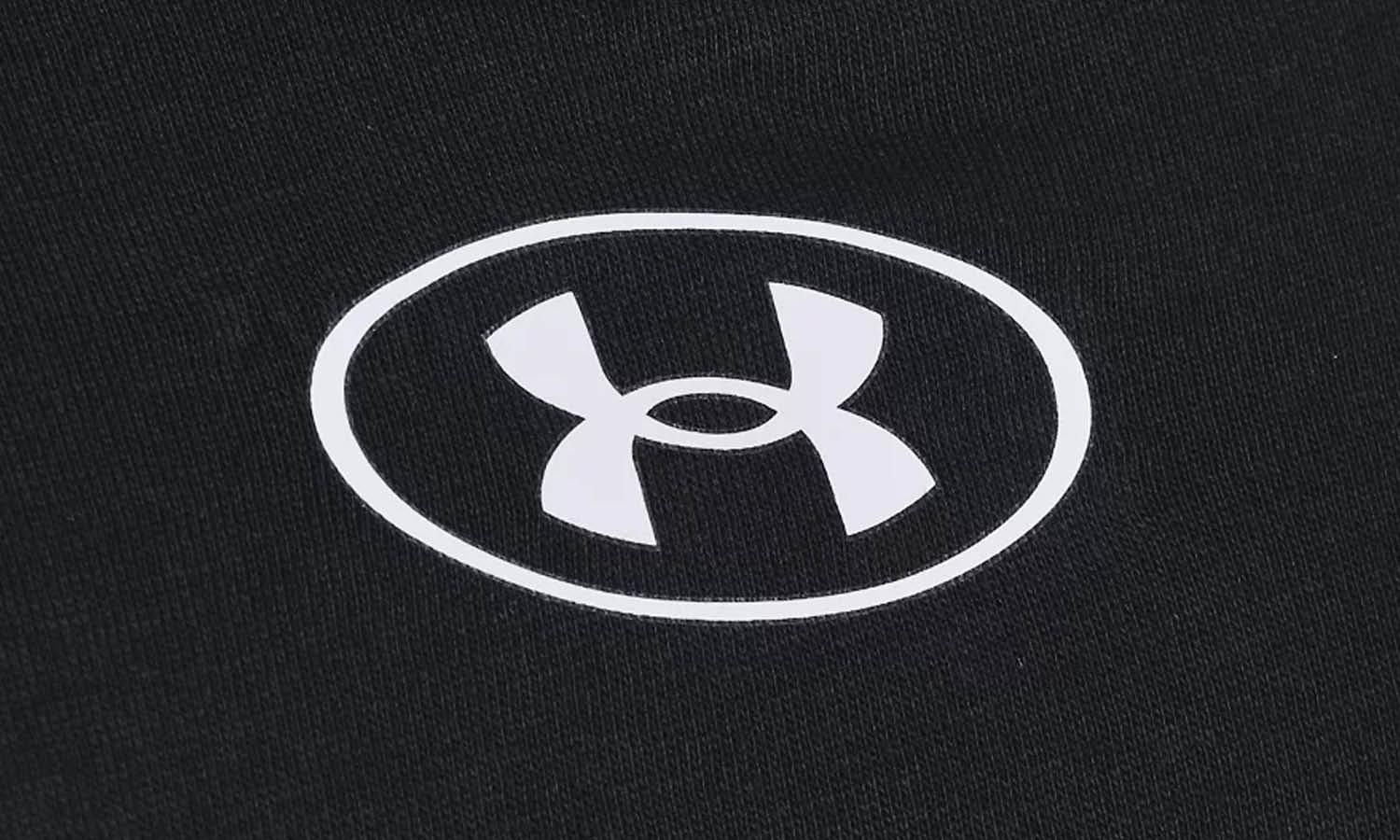

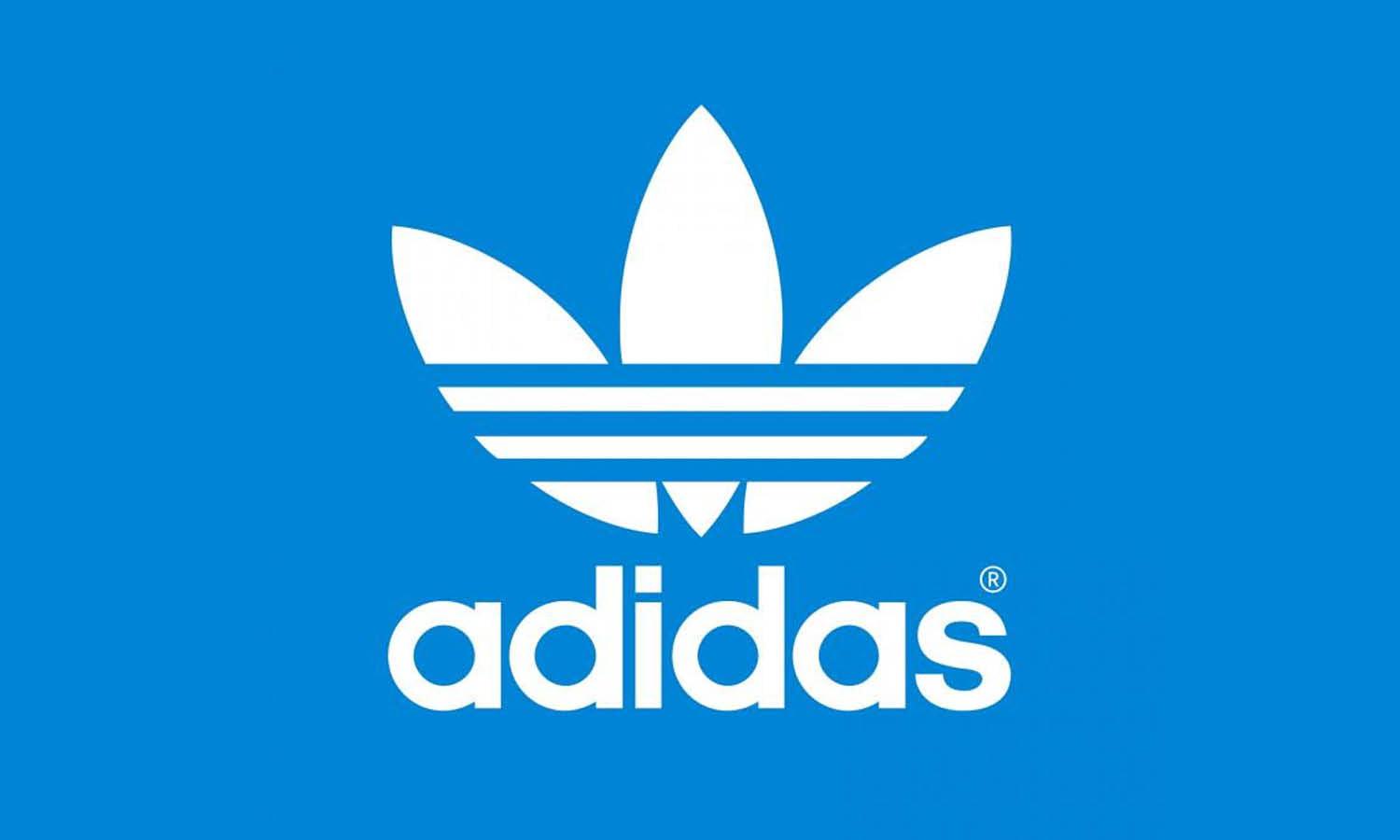

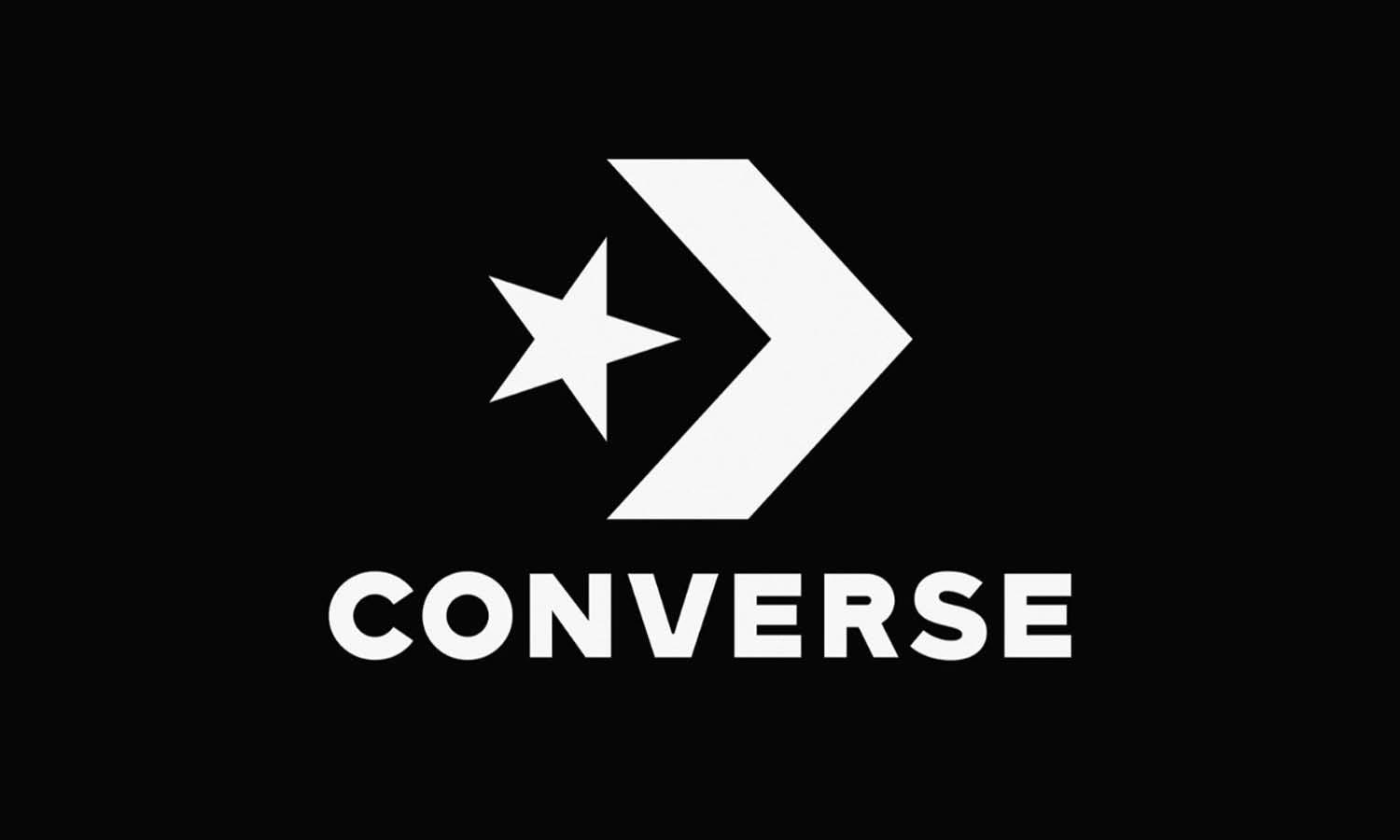








Leave a Comment